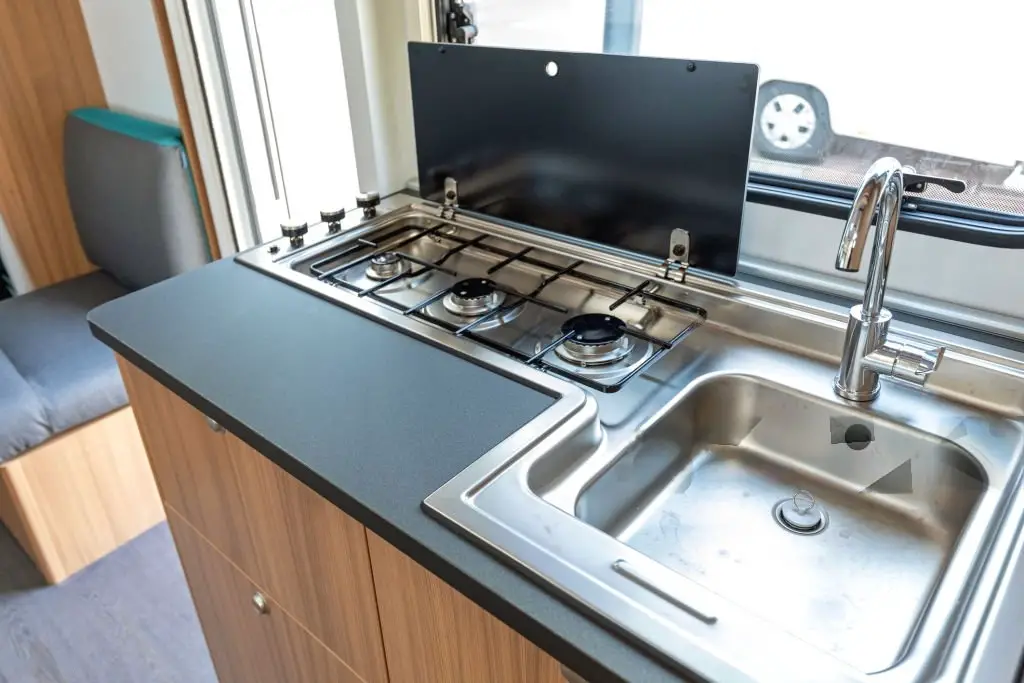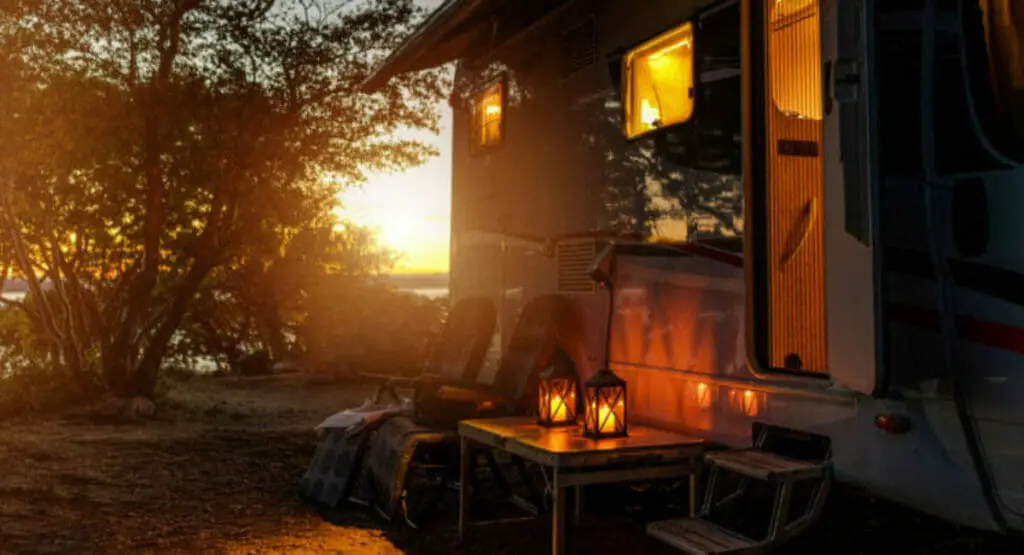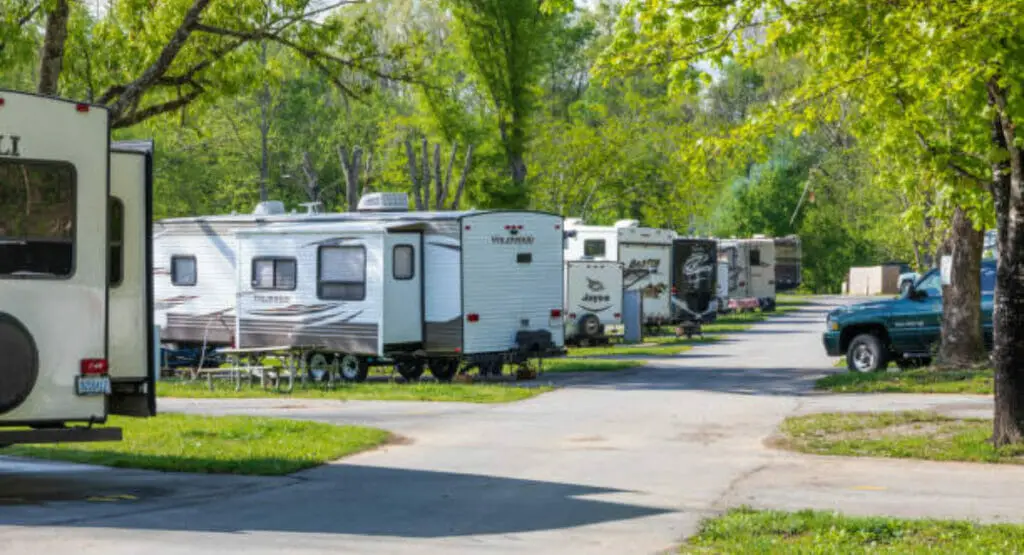Introduction
Dealing with a clogged kitchen sink in your RV can be frustrating, especially when you’re trying to enjoy your camping trip. However, with the right knowledge and tools at your disposal, unclogging your RV kitchen sink can be a manageable task. In this comprehensive guide, we’ll explore various methods and techniques to effectively unclog your RV kitchen sink, ensuring you can get back to enjoying the great outdoors in no time.
1. Understanding the Causes of Clogs
Clogs in RV kitchen sinks can occur due to various reasons, including a buildup of food particles, grease, soap scum, and foreign objects. Understanding the common causes of clogs can help you prevent them in the future.
2. Gather Your Supplies
Before attempting to unclog your RV kitchen sink, it’s essential to gather all the necessary supplies. This may include a plunger, baking soda, vinegar, a plumbing snake, gloves, and safety goggles.
3. Assessing the Severity of the Clog
Not all clogs are the same, and their severity can vary. Before choosing a method to unclog your sink, assess the severity of the blockage. A minor clog may require a simple solution, while a severe clog may need more intensive measures.
4. Try the Plunger Method
The plunger method is one of the most straightforward and effective ways to unclog an RV kitchen sink. Ensure there is enough water in the sink to cover the plunger’s head, create a seal around the drain, and apply firm pressure with a pumping motion.
5. Utilize Natural Remedies
Natural remedies such as baking soda and vinegar can be effective in breaking down organic matter causing the clog. Pour a mixture of baking soda and vinegar down the drain, allow it to fizz and react, then flush with hot water.
6. Use Baking Soda and Vinegar
Baking soda and vinegar create a chemical reaction that can help break down stubborn clogs. Start by pouring half a cup of baking soda down the drain, followed by a cup of vinegar. Let the mixture sit for a few minutes before flushing with hot water.
7. Implement the Hot Water Method
Hot water can help dissolve greasy clogs and flush away debris. Boil a kettle of water and carefully pour it down the drain in stages, allowing the hot water to break up the clog and flush it away.
8. Employ a Plumbing Snake
A plumbing snake, also known as a drain auger, is a flexible tool that can reach deep into the pipes to break apart clogs. Insert the snake into the drain and rotate it to hook onto the blockage, then pull it out to remove the obstruction.
9. Preventing Future Clogs
Once you’ve successfully unclogged your RV kitchen sink, take proactive steps to prevent future clogs. Avoid pouring grease, oil, or large food scraps down the drain, and use a sink strainer to catch debris before it enters the pipes.
12. Signs of a Clogged RV Kitchen Sink
If you notice water draining slowly or backing up in your sink, unpleasant odors coming from the drain, or gurgling noises when water is draining, these are all signs that your sink may be clogged.
13. Using a Plunger with a Garbage Disposal
Yes, you can still use a plunger if your RV kitchen sink has a garbage disposal. However, be sure to turn off the garbage disposal before plunging to avoid causing damage.
14. Safety Tips for Boiling Water
Boiling water can be an effective and safe method for unclogging your RV kitchen sink, but be cautious when handling hot water to avoid burns. Pour the water slowly and carefully down the drain.
15. When to Call a Professional Plumber
Disassembling the pipes under your RV kitchen sink should be a last resort if other methods fail. If you’re not comfortable with plumbing work or don’t have the necessary tools, it’s best to leave this task to a professional plumber to avoid causing further damage.
16. DIY Maintenance Tips for RV Kitchen Sinks
Regular maintenance of your RV kitchen sink can help prevent clogs and keep your plumbing system in good condition. This includes cleaning the sink regularly, avoiding putting large food scraps down the drain, and using drain guards or strainers.
17. Importance of Proper Waste Disposal
Proper waste disposal is essential for maintaining a healthy RV plumbing system. Avoid putting non-biodegradable items, such as paper towels, wipes, or plastic materials, down the drain as they can cause blockages. Instead, dispose of these items properly in designated waste receptacles. Additionally, be mindful of what you put into your garbage disposal, if your RV is equipped with one, and avoid disposing of large or hard-to-break-down food scraps.
18. Environmental Impact of Clogged Drains
Clogged drains not only disrupt your camping experience but can also have environmental consequences. When waste water cannot properly drain, it may overflow and contaminate the surrounding environment, including nearby water sources and wildlife habitats. By taking proactive steps to prevent clogs in your RV kitchen sink, you’re not only protecting your plumbing system but also helping to preserve the natural beauty of the areas you visit.
19. Understanding RV Plumbing Systems
RV plumbing systems operate differently from those in traditional homes, and understanding how they work can help you troubleshoot issues more effectively. RVs typically have smaller pipes and holding tanks, which means they are more susceptible to clogs and backups. Additionally, RV plumbing systems often rely on gravity or small pumps to move waste water, so it’s essential to be mindful of what goes down the drain to avoid potential problems.
20. Tips for Winterizing RV Plumbing
Winterizing your RV plumbing system is crucial to prevent frozen pipes and costly damage during cold weather. Before temperatures drop below freezing, drain all water from your RV’s plumbing system, including the water heater, tanks, and pipes. You can use antifreeze specifically designed for RVs to flush out any remaining water and protect your plumbing system from ice formation. Additionally, insulate exposed pipes and fittings to further safeguard against freezing temperatures.



